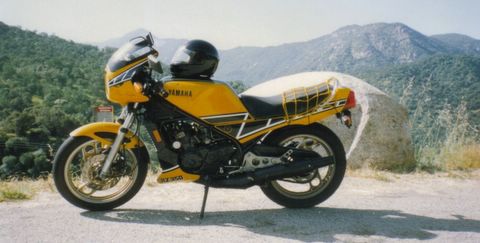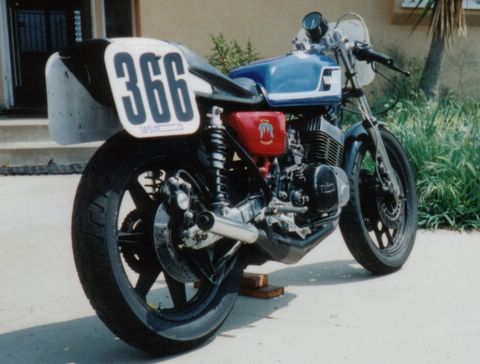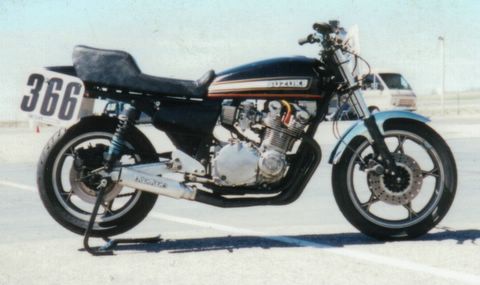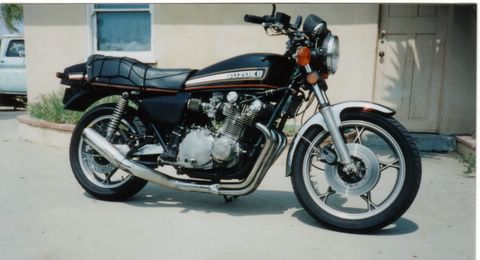If I Could Choose Only Three
There's really nothing new in the world. Liberals are still insane. Terrorists are still insane. Illegal immigrants are flooding across US borders at the rate of 3,000,000 per year with no end in sight, so I must conclude that most of our politicians are insane, as well.
So I'll look at some cars and share them with those of you who are interested.
Last week, our friend, Vilmar, at Ranting Right Wing Howler, polled his readers: If you could have just three cars, money not being of concern, which would you choose?
Here are my three...
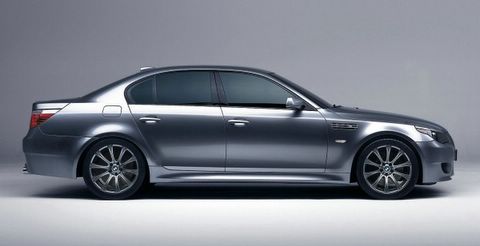
First up, the all new BMW M5, arguably the finest performance luxury sedan in the world. It has a 5.0 liter V10 (no doubt using a lot of technology from their F1 program) developing 500 horsepower at 7700 RPM, a 6-speed gearbox, fantastic suspension and brakes, and all the creature comforts you would expect from a flagship BMW M-series. Turn on the A/C and still rip through the quarter mile in 12 seconds, open it up to its electronically-limited top speed of 155mph (without the limiter expect speeds to be closer to 190mph), or putt around town - you can do it all in royal luxury with this car. My choice for a daily driver.

Next up, my choice for what I call "modern fun," the Ferrari 550 Maranello. With a 5.5 liter V12 making 485 horsepower, this car is capable of 12-second quarter miles and a top speed of 199mph. Now, there aren't too many places here in New Zealand where I could open it up to find that top speed as I have yet to find more than a mile of straight road, but it would be fun trying!
Below is the competition version prepared by Prodrive of the U.K. In the 2003 24 Hours of Le Mans, these cars showed greater straight-line speed than the cars in the premiere LMP class, hitting speeds in excess of 220mph on the Mulsanne Straight. And, in grand Ferrari tradition, that V12 makes the most glorious sounds!
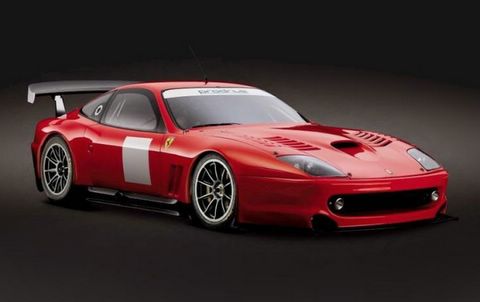
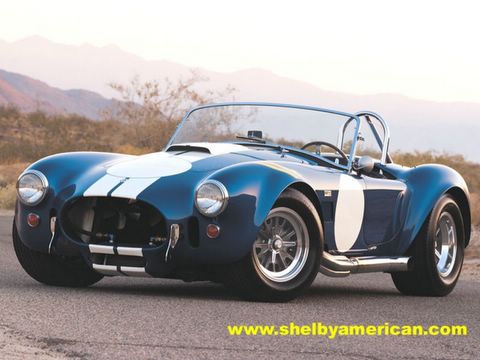
Last, but not least, the 1966 Shelby AC Cobra 427SC. 485+ horsepower, 2,000lbs, a 4-speed manual gearbox, no power assisted anything - these cars were brutally fast and uncomfortable, not for the feminized or faint-hearted. Ford's race-proven FE series 427 cubic inch, "side oiler" V8 with its copius amount of torque (over 500lb/ft) combined with the light weight, produced quarter miles in under 11 seconds, and aerodynamically-limited top speeds of 165-170mph were the norm for these cars, although even more modified versions have hit speeds of 190mph on the high banks of Daytona during the 24 hour race. The stuff of which legends are made, the Cobra fulfills what I categorize as "vintage fun."
So I'll look at some cars and share them with those of you who are interested.
Last week, our friend, Vilmar, at Ranting Right Wing Howler, polled his readers: If you could have just three cars, money not being of concern, which would you choose?
Here are my three...

First up, the all new BMW M5, arguably the finest performance luxury sedan in the world. It has a 5.0 liter V10 (no doubt using a lot of technology from their F1 program) developing 500 horsepower at 7700 RPM, a 6-speed gearbox, fantastic suspension and brakes, and all the creature comforts you would expect from a flagship BMW M-series. Turn on the A/C and still rip through the quarter mile in 12 seconds, open it up to its electronically-limited top speed of 155mph (without the limiter expect speeds to be closer to 190mph), or putt around town - you can do it all in royal luxury with this car. My choice for a daily driver.

Next up, my choice for what I call "modern fun," the Ferrari 550 Maranello. With a 5.5 liter V12 making 485 horsepower, this car is capable of 12-second quarter miles and a top speed of 199mph. Now, there aren't too many places here in New Zealand where I could open it up to find that top speed as I have yet to find more than a mile of straight road, but it would be fun trying!
Below is the competition version prepared by Prodrive of the U.K. In the 2003 24 Hours of Le Mans, these cars showed greater straight-line speed than the cars in the premiere LMP class, hitting speeds in excess of 220mph on the Mulsanne Straight. And, in grand Ferrari tradition, that V12 makes the most glorious sounds!


Last, but not least, the 1966 Shelby AC Cobra 427SC. 485+ horsepower, 2,000lbs, a 4-speed manual gearbox, no power assisted anything - these cars were brutally fast and uncomfortable, not for the feminized or faint-hearted. Ford's race-proven FE series 427 cubic inch, "side oiler" V8 with its copius amount of torque (over 500lb/ft) combined with the light weight, produced quarter miles in under 11 seconds, and aerodynamically-limited top speeds of 165-170mph were the norm for these cars, although even more modified versions have hit speeds of 190mph on the high banks of Daytona during the 24 hour race. The stuff of which legends are made, the Cobra fulfills what I categorize as "vintage fun."
 Bohemian Conservative
Bohemian Conservative
